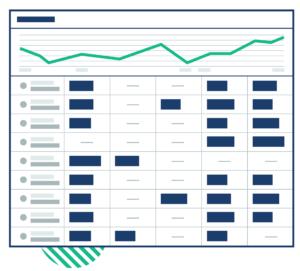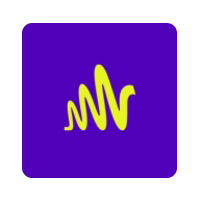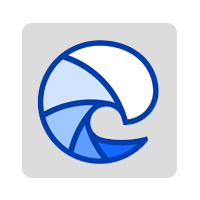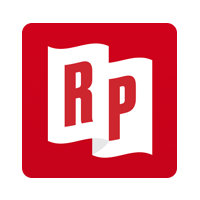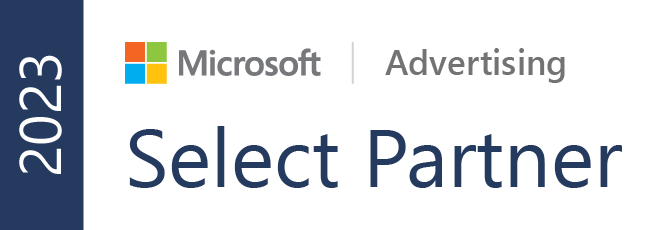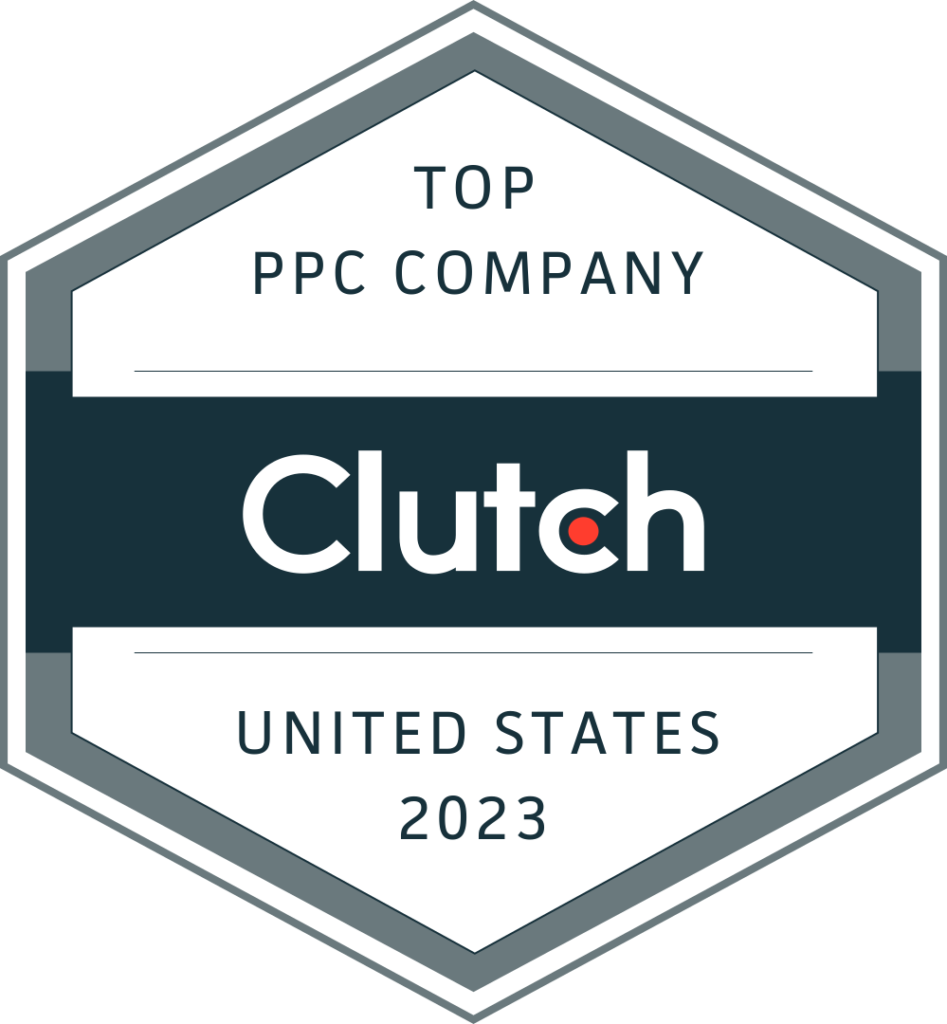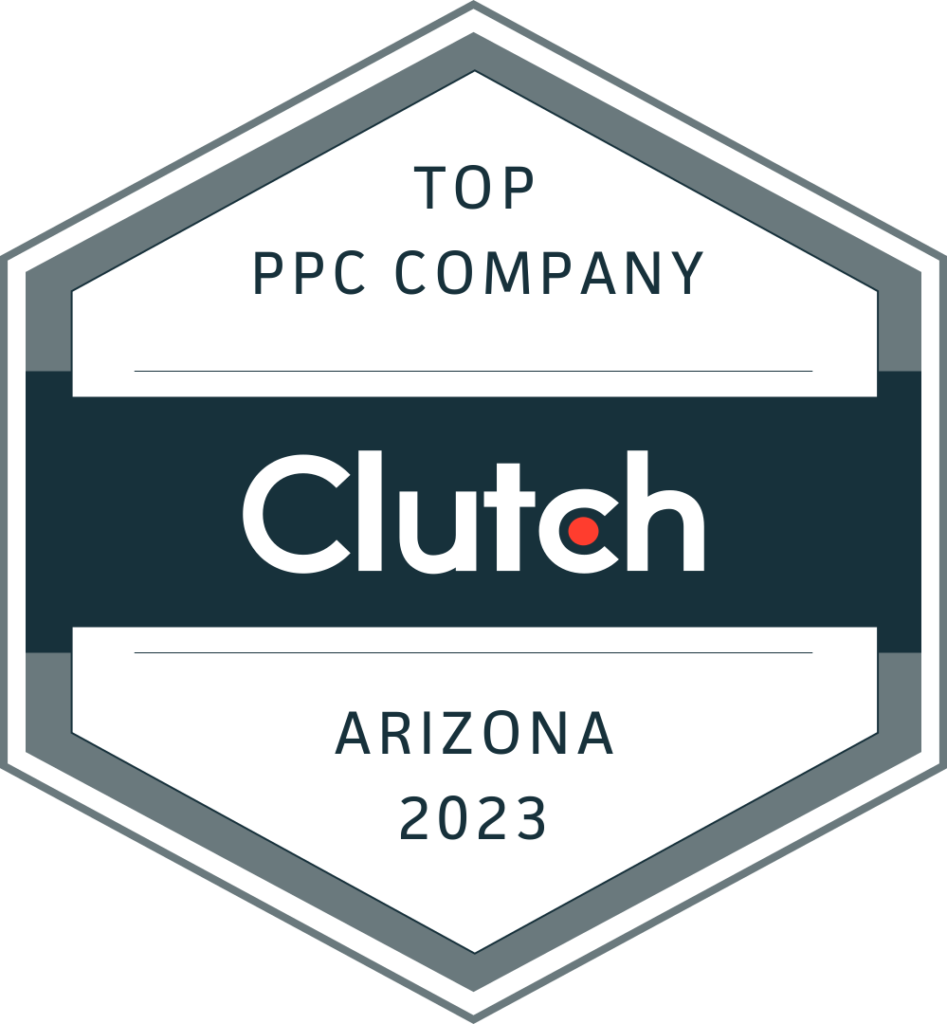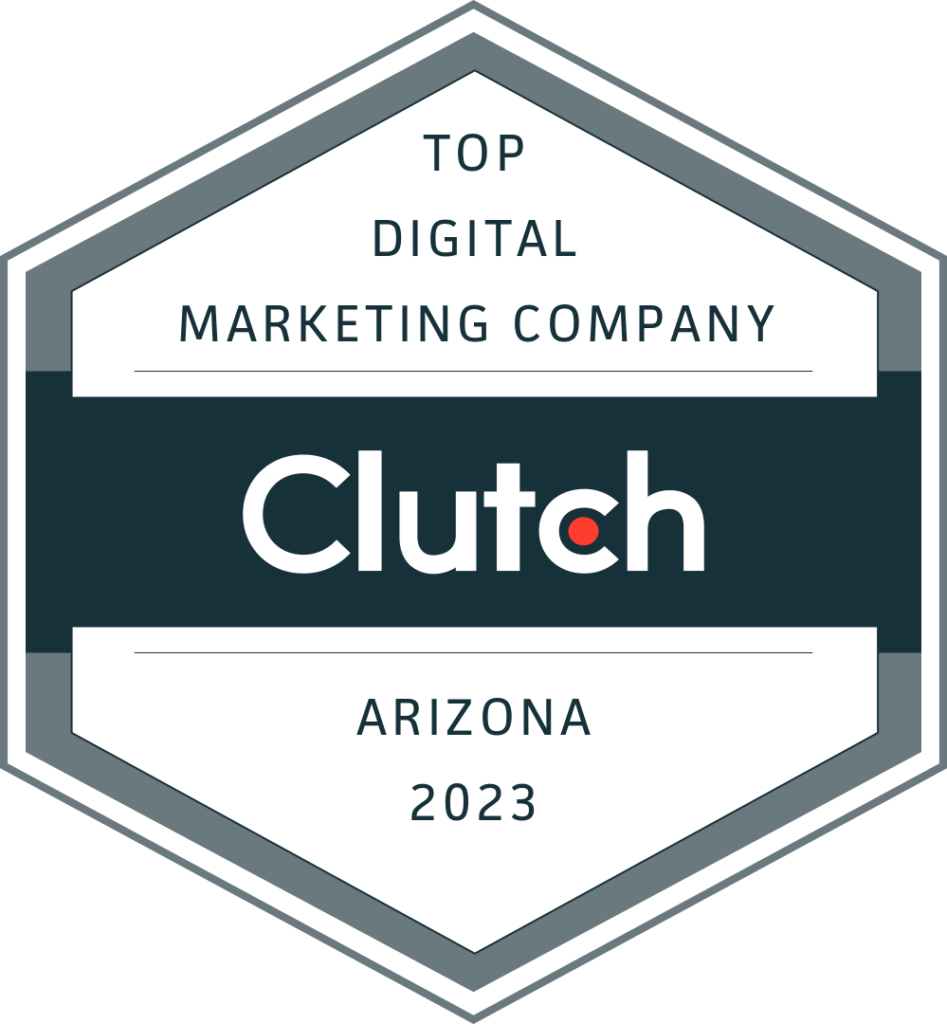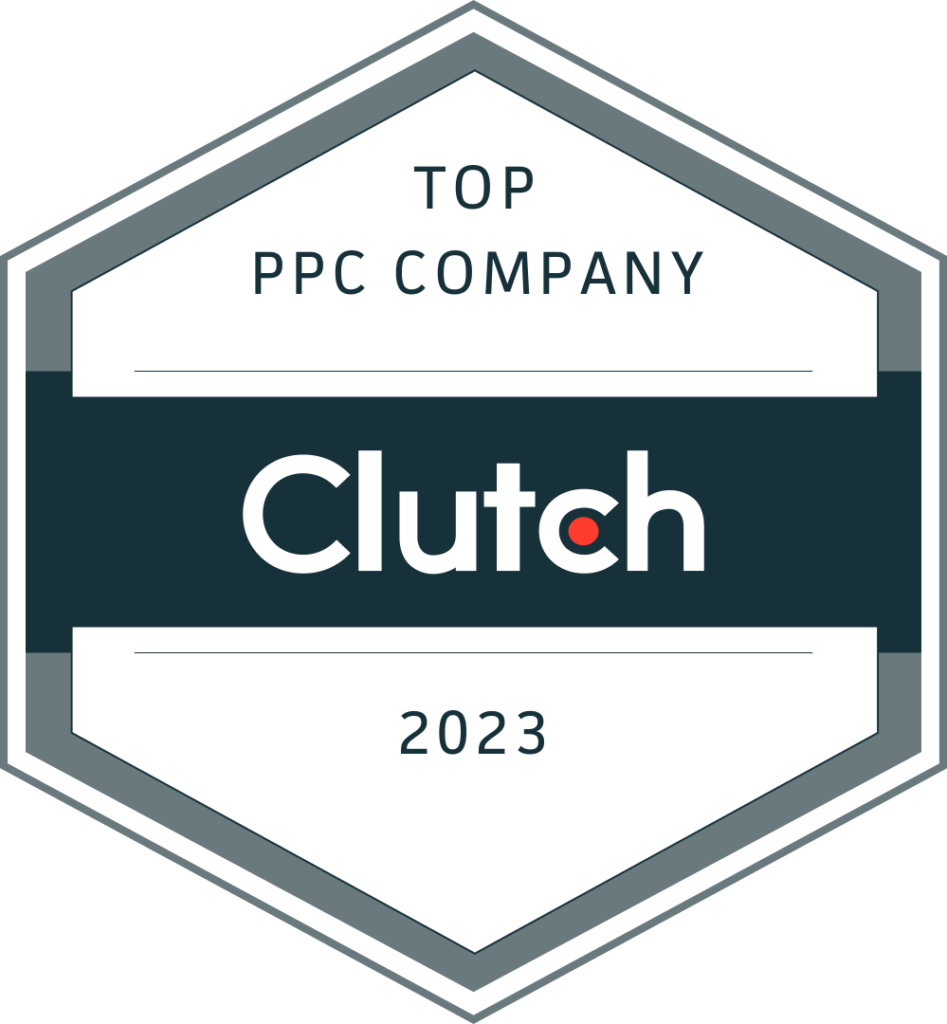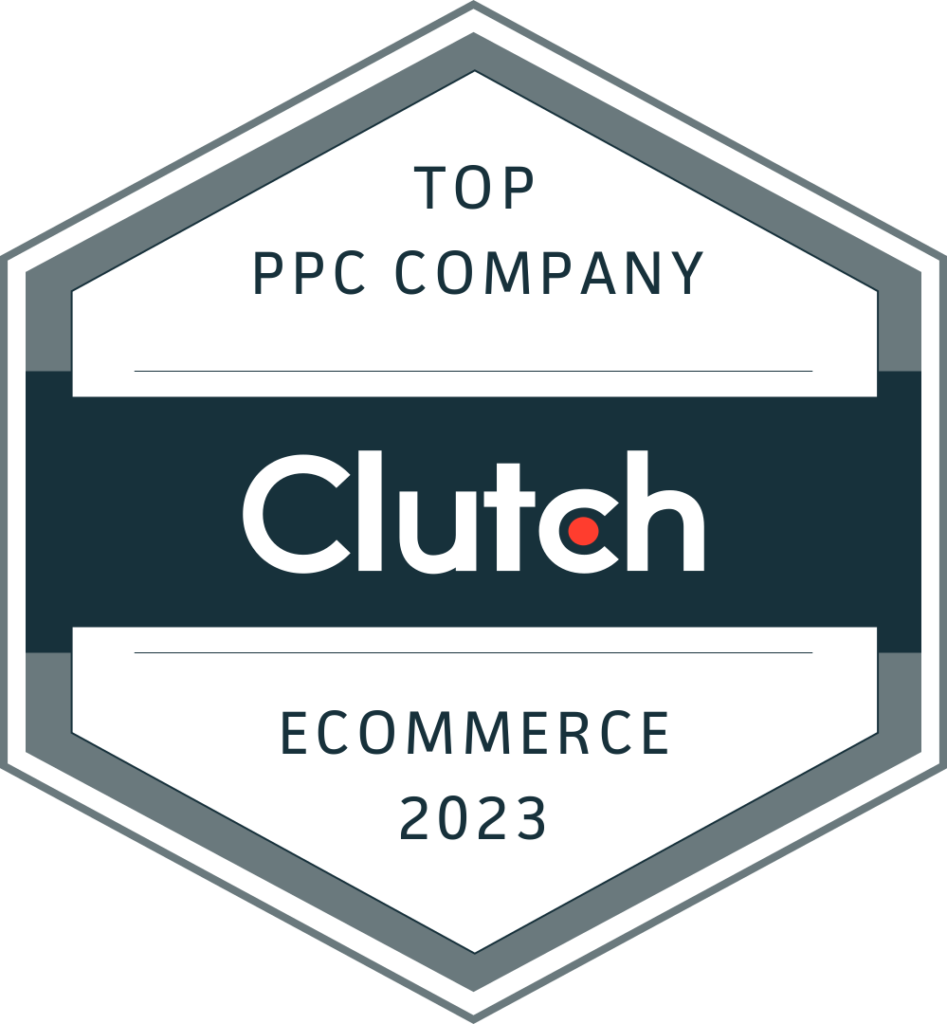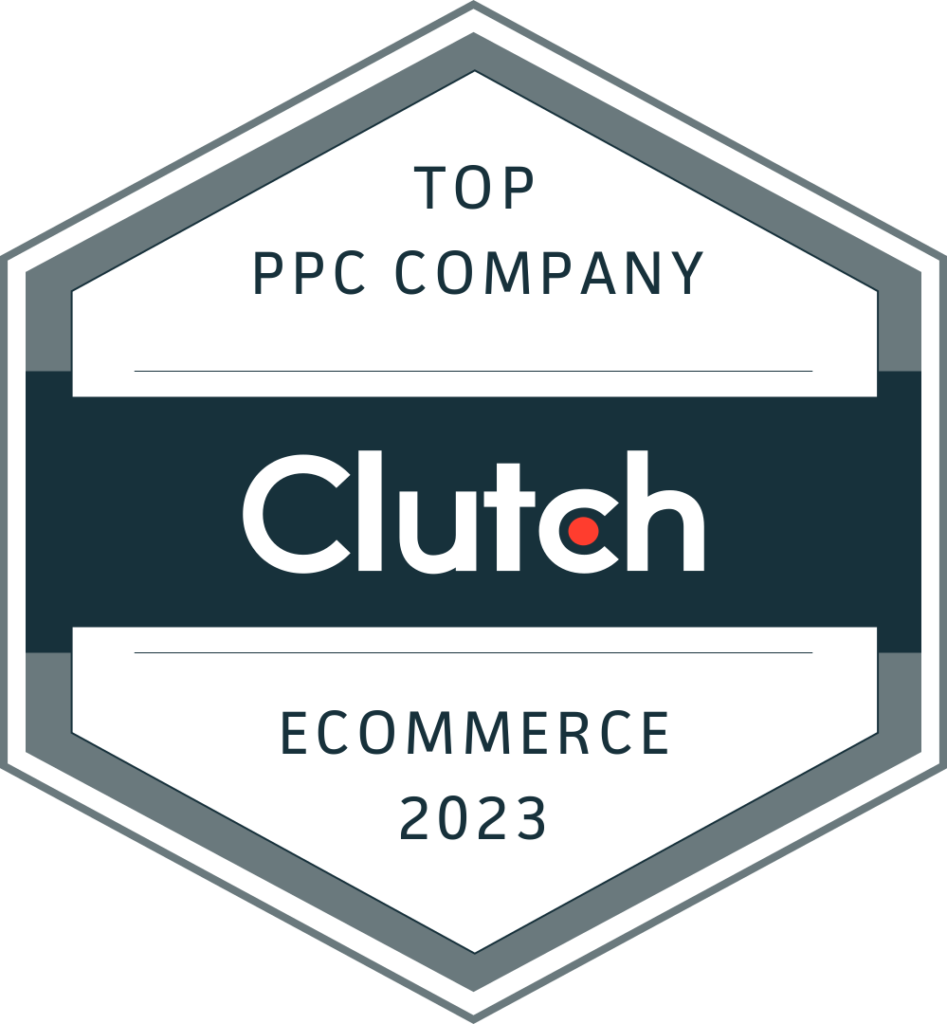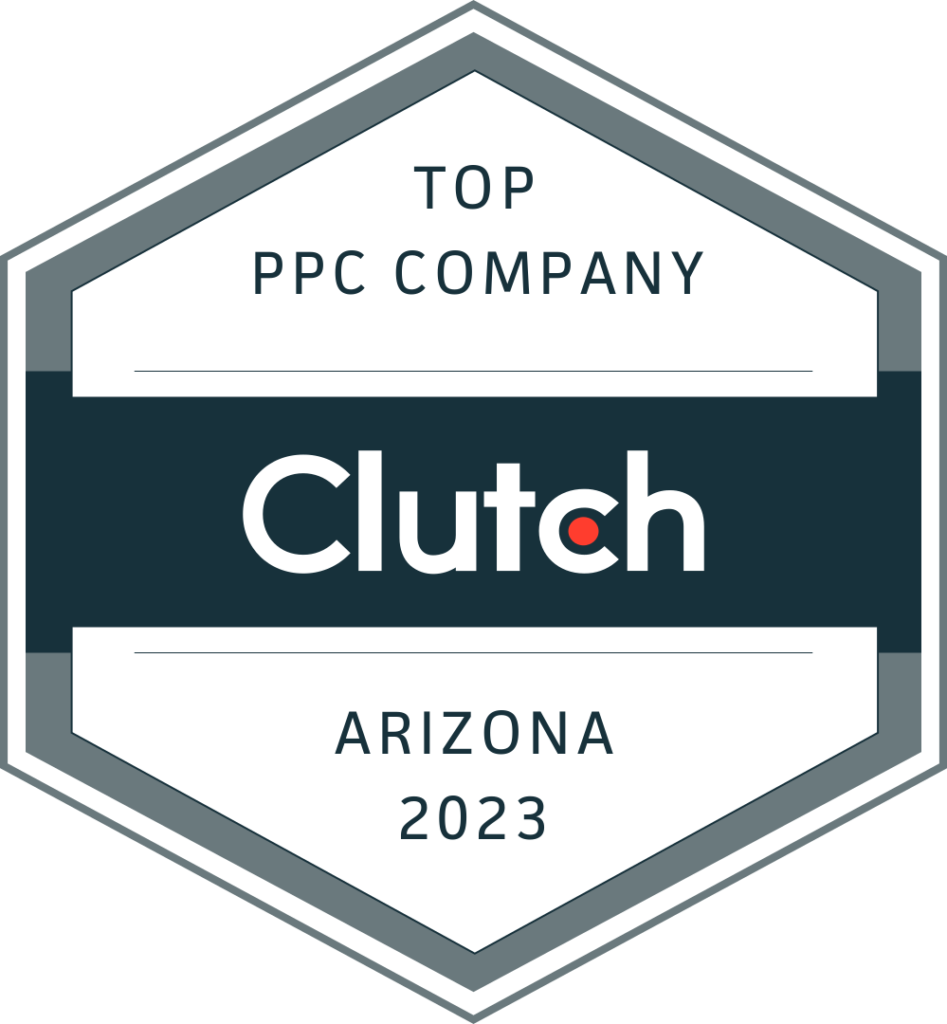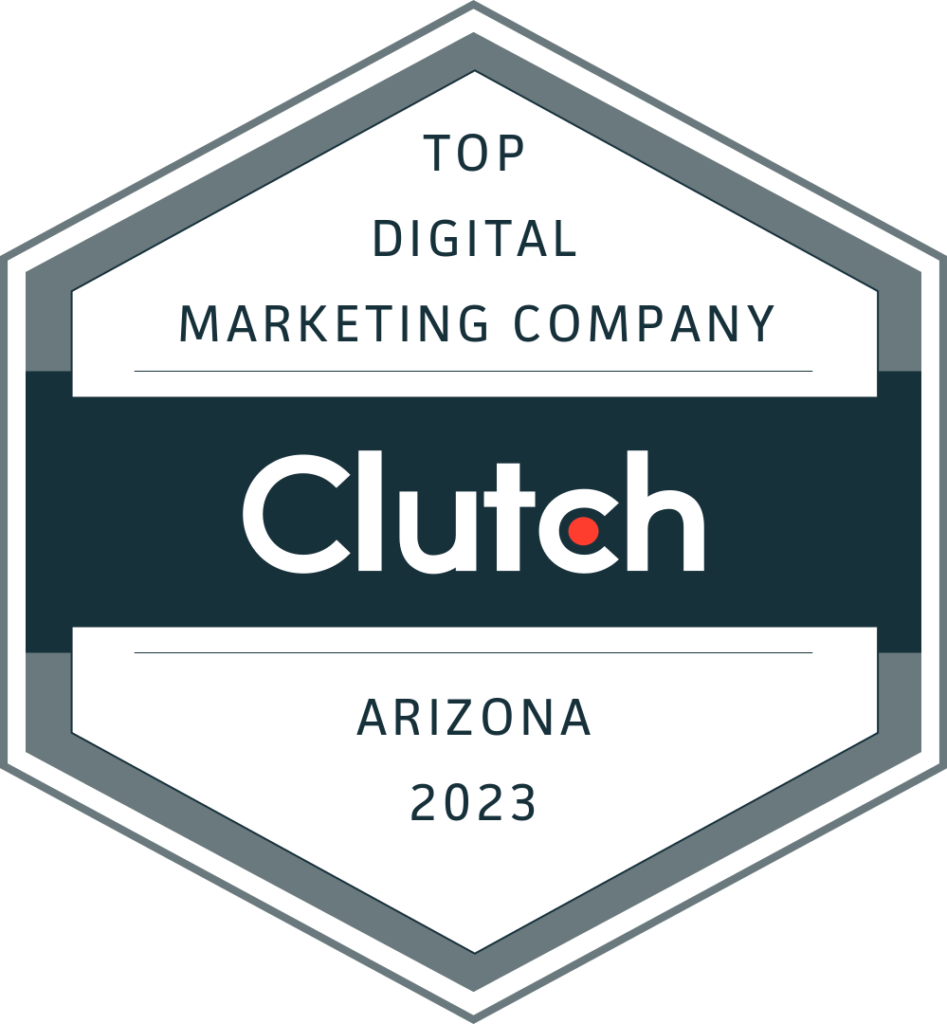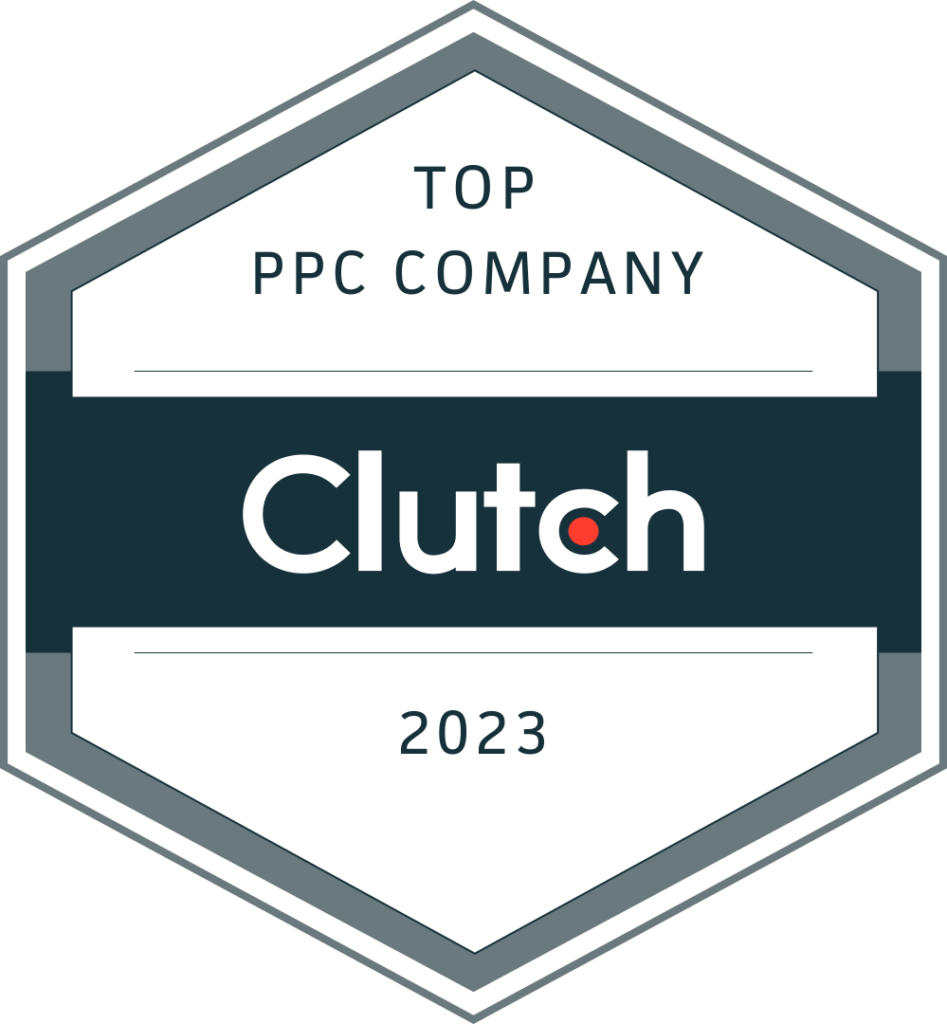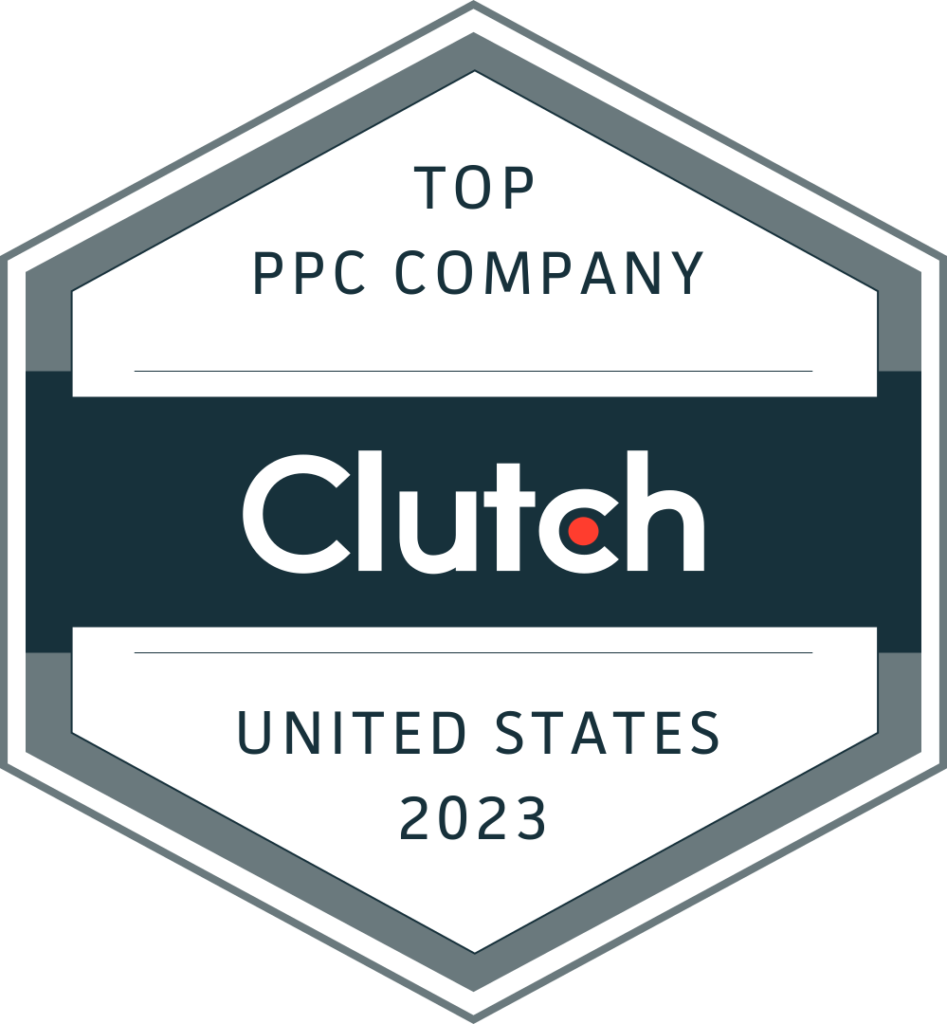
Episode 10
12 Reasons Why Your Landing Page Sucks
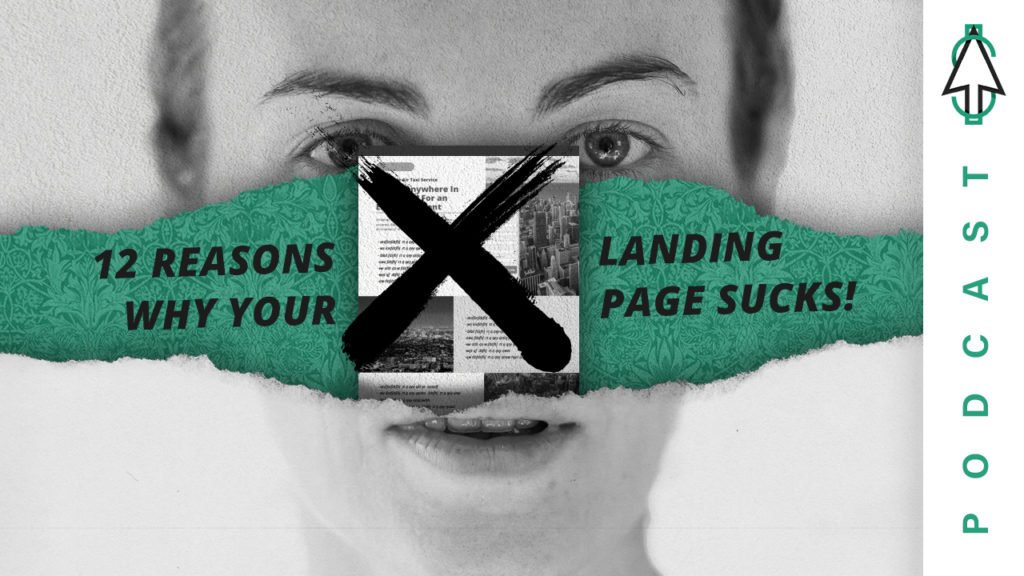
Watch
Welcome back to Paying for Attention Apogee, where we talk about paid media myths and solutions and common issues to paid media. And today we are going to be talking about twelve reasons your landing page hates you. And joining me today, we’ve got Keegan Brown. So let’s go ahead and get started.
Okay, let’s just go ahead and just dive right in. Number one, attention ratio, your attention ratio on your landing pages off. So what this is is basically what the tension ratio is, the number of links on your landing page versus the number of campaign conversion or the conversion goals on your landing page. So a lot of times with some of the websites we see the landing pages, we see is that the links on the page are just astronomical. They’re like 40 to 60 different links. And a lot of that’s due to, like, internal links or social media links or reviews, even that go off site or a lot of it is also based on the navigation.
So that aspect of attention ratio, the links versus the conversion goals. You could have, like, a soft download, a contact us, a call for a free quote out, a form for a free quote. It goes on. I mean, there’s a lot even newsletter sign up. So there’s all those on that side. So you’ve got the links, and then you’ve got the conversion goals, and you really want to kind of get that down to one to one. A lot of times that just it’s not happening. We’re not seeing it.
And the reason why you wanted to get it to one to one is because when you set up the expectation with that ad campaign and we’ll be talking a lot about this is so you set up that expectation, say, for instance, like the search intent of the user is wanting to find some apples. So they get an ad in front of them. For lack of better examples, we’ll use apples. They’re wanting delicious apples sent to their doorstep. Right. And so they find an ad. The ad is everything they need about apples.
And getting into the door steps, they click on it, they go to a landing page, and landing page is less about apples, more about fruit in general. Okay. That gets into a little bit of a relevance issue. But not only that, there’s all different types of fruit, they all have different links. And they want you to sign up. They want you to call there’s multiple conversion goals. It doesn’t match exactly what. And we’ll talk more about relevance a little bit. But when you get to that landing page, it should be about the apples that they saw on the ad.
Right. And the conversion goal should be plain and simple. So when you make a landing page, you want your intention ratio to be one to one. That one link. That’s the conversion goal on that page. And so they’re going to your landing page with that expectation, they know what they’re getting into and clicking on an ad. Users aren’t dumb, so they know what they’re getting into. So give that to them and not give them the run around or the distractions of the rest of your site of being able to go off somewhere else.
Okay, number two, your CTA doesn’t stand out, and this happens in multiple ways. It can either be due to encapsulation. It can be due to your CTA being camouflaged first with encapsulation. Is the form actually physically encapsulated? Is it off to the side and just add capsulation, help it make it stand out so you know where that form is. The other is, is your branding causing issue with Camouflaging? Your button in your CTA? Is it blending in with everything? That’s why I use the term Camouflaging.
Does your brand color effect it’s notice ability? Is it noticeable? Is it standing out like it should? It’s camouflaged with your brand new color? Try looking at your secondary color palette with your branding. Try finding a complementary color to make it stand out. The idea is, don’t let your CTA be buried and blend in and is stand out. Number three, Add relevance. Your ad relevance is off. And we talked a little bit about this with attention ratio, right? If you’re searching search intent for the user is finding apples, right?
They want to find delicious apples to be sent to their doorstep. Their search is met by appropriate ad. The ad types them enough to where they click on it and then go to the landing page. What should be on that landing page? You set up the expectation of apples with the ad and you met them because of searcher, the user found it and now they’re at the landing page, and it’s about miscellaneous fruit. The relevance is off. It doesn’t match with what the ad campaign is.
And we got to start thinking about the whole conversion funnel, that whole customer journey from search intent all the way through the conversion on your landing page, because it’s all about meeting meeting expectations.
I think there’s a really good point, Dan. I think in addition, just making sure that if your ad says apples, the landing page also says apples, but also making sure that that call to action that you set up in the ad is I met on the landing page. So if you say browse apples, you should have a section on that landing page that says browse. You just send them to a landing page that has one picture of an Apple that’s not really setting up the right expectations, or if it’s purchase when they get there, they need to know where to buy how to do that within a few seconds.
So matching add relevance to the landing page along with that call to action.
Thank you. Okay, number four, copywriting. So this plays off again with relevance, and each of these all kind of tie into some point. But let’s talk about the copywriting of your line page with going from the ad. That headline should carry forward over to your landing page. And the reason why it needs to do that is because of relevance. As we stated in that many times before, it sets up the expectation within your ad, you meet that expectation once you arrive to a landing page. It not only lets the user know that they have arrived in the right place, but it also gives an idea of exactly what the page is going to be about.
The rest of the copyrighting throughout that page should be little headlines that go further into providing more information about your proposition for the page where you conversion for the page that you’re going towards. On top of those little sub headlines, you need to start thinking about the answers, the appropriate length. Do they have the appropriate questions? Are using bullet points to provide benefits versus features. For example, you just can’t say Homegrown delicious red apples. You need to say organic delicious red apples. That will make you feel healthy, which is an extreme example.
But you need to show the benefit of that is saying is what’s in it for them? What’s in it for the user? Put yourself in their shoes and just say, Well, I have one out of you. What’s the value out of it? And that helps with the copyrighting too. Don’t over cram the page with tons of paragraphs and everything. Just make it scannable. And we’ll talk about scanning in a little bit. But let’s go on to number five, your form, field quality. Are you asking too much information straight up?
You need to know the appropriate fields that’s required for your form for you to get the lead. And if that three fields very minimal. That’s great. I would say if it’s over five or six or more, then I think you should start looking into a two step conversion form that will help break it up and make it easier. You always have to look at a field or the fields in a form as if there’s a lot visually. Does it look overwhelming? Because that visual aspect of the form, it can easily make it look like it takes too long to fill out.
And that’s why you go into breaking it up with a two step one, because it makes it look a lot easier to manage. And take control of the rule of thumb with the fields is only ask what you really, truly need. And if it’s getting too big, then break it up into multiple steps. And when you do that, alert the user with the expectation of how many steps it’s going to be and maybe a progress bar of where they’re currently at with those steps. Number six, Low pay off.
Here’s a big one, the amount of information you’re essentially providing.
It doesn’t match the quality of the content you’re giving. So say, for instance, you have a soft download behind the form. You fill out the form, you get this download and you get this PDF, you open it up and it’s essentially the same information that’s on the landing page. Was it really worth downloading? Did you really create a good brand experience out of that? No. Is it worth a lead? No, you won’t get anything good out of that because you’re not providing valuable information a landing page should provide just to write out a copy and information to persuade you into converting and getting more information that builds on top of that.
So if you’re going go all the way with whatever, if it’s a download, then that’s the other, but you intrigue them enough to where they want to get more information and then pays off in the end. So in the end, you need to look at your conversions. And how are you working towards that? And does it pay off?
And just to add to that, Dan, I think in addition to making sure that that piece of content or whatever they’re filling out a form for gives them the value, but also making sure that you give them enough value upfront in that description of the landing page in that call to action, giving them enough information that they know that they’re going to get value out of it. If you just say download this ebook, I need to know why. What is it going to do for me? Is it going to help increase my sales?
Is it going to help reduce the time I spend on a certain project? Are there any trust signals showing that? So I think that there’s a lot that you have to do up front to make sure that you give enough. Otherwise you’re just not really giving a good experience. And then especially if I am going to be looking at a one page case study of something and you want eight different forms is kind of going back to your point about form fields. If you want all this information from me and I’m getting maybe a one page case study, that’s a very low pay off.
I don’t want to do that. I shouldn’t have to be going through all that trouble just for a simple download. And from there throughout the entire experience. And back to your point about providing kind of a poor quality asset. It’s all about that customer experience. And if you don’t have that, you might get that lead. Maybe. But it’s going to be very difficult to convert them into a customer if that whole experience is or for them.
Yeah, those are awesome points. Thank you. Number seven, your layout sucks, right? We’re going to talk a little bit about design here. Let’s talk about flow. Does your landing page flow? Well, not only with the copy was starting off with the headline and the sub headlines, but doesn’t make a logical sense. Not necessarily have a narrative, but there’s a flow like a narrative from start to finish that helps make it scannable, but it also makes the information presented to the user in a more digestible way. In addition, that can help with that is having enough space for your content to breathe on the landing page.
Don’t overstuff it. Give spacing in between each section gives facing between your copy the images to allow for the page to breathe and not be congested and too noisy. Make sure that the CTA is above to fold. That’s a huge thing. Make sure it’s about to fold. And if it’s somewhat of a longer landing page and that works for you, make sure that the CTS as above the fold. But also you can have one at the bottom of the page, too. So you’re capturing you have that opportunity to capture your audience both ways, right?
So the other things you can look out for if your layout sucks is not just that. It’s crammed in and noisy field outdated and design is poor imagery. Sometimes, you know, the imagery doesn’t match up. We can talk about relevance again, if we say apples, and then we’re showing, like, really poor camera quality or a phone camera quality of, like apples and your family vacation trip to the Apple Orchard, you got to look at the quality of the image you’re providing, right? You can find some real easy, great, free public domain stock images with UN slasher pixels.
You got one of those Unsplash dot com or Pexels dot com, and you find some great images there for your landing page. Just be sure that your finding the appropriate, relevant images and that you’re not over cramming the whole thing with way too many images. Number eight, I love Nielsen Norman Group. They’re awesome when it comes to us and studies and they released a statistic about web pages, and number eight is about is your page scannable. They said set of people scan a web page rather than reading every word.
So that saying is that we’re looking at headlines, we’re looking at the space, we’re looking at the general. We’re looking at the page in general, at a very basic view, right? And we’re seeing we’re seeing if it’s something we want to dive into if it’s scannable or not relies on again, kind of the layout, and it really comes down to if you want to take a few seconds and just I would suggest to scan your page, see if it’s clear and where the CTA is. Do you know its benefits off the bat?
Is there too much information going on? Is it? I do. The headers and sub headers reinforce the benefits. Can images help do the bullet list helps? Can you gather all that information just by scanning it real quick? And in addition to the flow, when we talk about, you know, the images being the design elements being appropriately organized and a well designed manner that helps. That makes the page a little bit more easily scannable, and you’ll be able to digest that information a little bit quicker if it’s really what organized, and then that will help the user actually want to stay on the page.
Number nine, no trust signals. Oh, man. Boiler trust signals. You know, the best trust signals to use on landing page. It probably the reviews. Five star reviews. So it’s important to not just use a quote or just don’t throw up the review on the page. Sometimes they’ll put reviews. You’ll see reviews on landing pages, but they won’t have the stars on it. Look for those five star reviews and show the literal stars because those are trust signals. Some other trust signals that you could use to are written or video testimonials.
Video testimonials can go a long way that, you know, security, membership guaranteed, or even like a sales tag or commerce badge branding. That’s a big thing. So brands that you’ve worked with or you’re associated with if you have a product, these companies and showing their logos use this product as well. That builds a lot of trust. Jumping into number ten, this one is a little bit unexpected. Page load times. You have 3 seconds, 3 seconds to scan the page. 3 seconds for the page to load properly before people just bounce out.
And I’m just going to briefly give you a quick idea of some of the things that can make your landing page suck because it won’t load too many uncompressed images. You can have images on your page, but if they’re not compressed properly, they’re going to bog down that page. Load time. Your page is too long. Sometimes if you have too many images in your page is a really long landing page. Well, now it’s go slow you down. Sorry. Too much JavaScript. This is often this is often overlooked.
Say, for instance, you have a branded ad campaign that’s sending traffic or those who click on your ad to a specific product page on your website. And you have a fancy WordPress theme. You’re using a lot of plugins and you’re using a slider. And there’s a lot of JavaScript in the back end of your site. Back and slow down. Page load time and again, people will balance if it takes long for the page load. Sometimes people put downloads on a page, too. Again, branded used in traffic to a product page that get there.
There’s a free download on there’s a PDF attached to that page. It’s going to slow down the page load speed, and people are going to run. Number eleven, no consistency. And this builds off a little bit off of the we talked about layout, right? So consistencies are really important. It’s like super important. There’s a study by three M Corporation that concluded that we process visual information thousand times faster than text. That’s an insane number to think about really referencing back what we talked about layout referencing back to about the page being more scannable.
Right. If we are digesting or taking in that information 60 times faster than text, that information is really just the design elements, a clean, simple, easy looking design layout that we can easily digest. Right. So that layout, the images, the shapes, the colors, the fonts, general shape of a font, all that’s processed first. So with that in mind, design is really literally language, and that language needs to be consistent from top to bottom on the page. Think about the amount of information that we’re providing to people.
If we’re throwing all these different types of colors throughout and all these different, like five to ten different fonts or ten to 20 different colors and all these different images, then that’s complex design language we’re talking about. Instead, keep the fonts down to two to three, keep the colors down to four to six, and keep in mind how we can introduce a design language, something simple. Number twelve, you’re not a B testing consultancy said that of businesses improved year year because they were testing their conversion rates improved over here because they were testing US 50.
So half the people out there getting it. A lot of the times people will give the excuses of they don’t have the time or the resources, and it’s just we don’t want time to sit down and do that. We don’t have the people to do that. But the benefits of sitting down and figuring that out are extreme. They’re wonderful, actually. Think about. I mean, the benefits really are, yes, increase conversion rate, but you can decrease your cost per lead, and that’s massive and putting up a little time up front to find the right resources to do testing.
Now, the benefits are long lasting, and you learn a lot about your audience as well. So say, for instance, we use Unbounce for landing pages. We also use Google Optimize. In addition to that, we attach a Google tag manager to get more information about the page. We also do heat mapping, Google Analytics. So there’s a lot of information you can gather from a landing page to see what’s working. What’s not the type of test that you do that’s dependent upon your industry and your business. But I always recommend that you do small incremental test, nothing massive and changing just because you want to see what works and what doesn’t.
And by changing a headline and testing against the original a variant test, you’ll be able to see, well, that didn’t work where it did work. They really responded. Now you’re probably saying, can there be that massive of a difference between just changing a headline? And I would say absolutely. I’ve seen it many times. I’ve changed. I’ve used dynamic text and seen an improvement with some clients, and I’ve seen making the headline more relevant to the ad campaign jump from the converting landing page to a conversion rate of by changing that headline alone.
And that’s it. And then I’ve seen a page with it was A, which is an extreme number. But it was a conversion rate lift, because after an extended period of time, we weren’t seeing any improvements with incremental changes. And after four tests, I decided it needs new page layout. And so it did a new page layout. And I and what we did was we threw the actual form in the middle of the page. So it interrupted the copy and the content of the whole page. And it was right there in the middle of the fold.
And you had to go through to get through anything. And that jumped drastically. That gave such a massive conversion lift. It blew the clients mind away. And so you don’t know until you try. And so it’s important to do a B testing. Absolutely. So wrapping up what I would say is of all these things, first important thing, make sure your intention ratio is really kind of one to one close as you can get in two. A B test, please. A B test. It’s important that you test your landing page to try to increase your conversions.
And if you do these two things, amongst all these other great options we throw out at you today, then I think you’ll see a massive conversion rate lift as well as you know, start bringing down your CPL, which is great.
Have a Question?
If you have a question regarding paid media, fill out the form below and we will do our best in answering it in our show.
